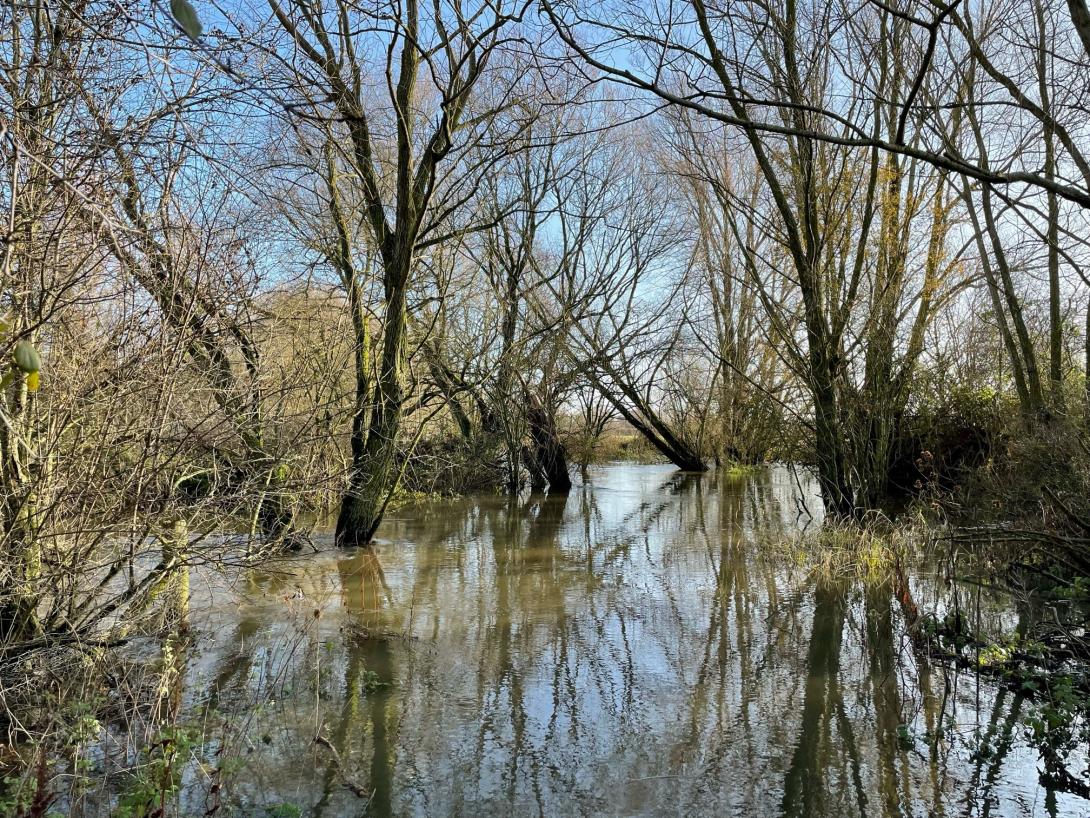Blackwater and Highland Water are sub-catchments of the Lymington river in the New Forest National Park (in the UK South-East River Basin District) The River Cole is located in the Thames River Basin District, west of Oxford. Lymington River and Cole River catchments benefited from floodplain restoration (river remeandering, logjams, etc) in the early 2000’s. For this case study the core objective is to understand better the impact of floodplain restoration activities in the long term (over almost three decades). Has the Restoration activity altered the flood hydrology? Can we detect the type and trend of hydraulic change over the period of restoration? How has the restoration altered the instream ecology?
Case study area
216 km² catchment
Climate and soil
Atlantic central bio-region
Sandy clay soils
Sponge measure
Surface water
(Floodplain restoration)
1. Challenge
Along the Lymington river, straightening of historic woodland streams in the 19th century disrupted natural seasonal flooding, dried the forest, limited animal access, and accelerated erosion.
The river Cole catchment faces flooding and water quality issues, worsened by urban run-off from the urban area of Swindon at is headwaters.
2. Type of sponge measures
Floodplain restoration.
Along the Lymington river, restoration efforts reconnected the river with its floodplain, restored its natural forms, and revitalized the surrounding floodplain forest habitats.
In the river Cole catchment area, rehabilitation projects in the early 2010s addressed the challenges, enhancing wildlife corridors and benefiting key species.
3. Monitoring
For this case study, there is long-term data (since 1994) on river flow, calibrated hydraulic models before/after floodplain restoration and ecological data (macrophytes and macroinvertebrates) at the restored and a control site taken after the restoration. Data gathering, analysis and modelling will help identify sponge functioning over the past 18 years relative to 26 years of natural variability. The eco-survey will be repeated to quantify and understand changing biodiversity.
4. Stakeholders
Government (Natural England, Forestry Commission, Environment Agency, Hampshire County Council, NF National Park Authority), NGOs (National Trust, RSPB), Educ (U Southampton), local community groups.
5. Reference information
Case study owners
(Lymington River catchment) New Forest National Park Authority
(Cole River catchment) National Trust NGO
